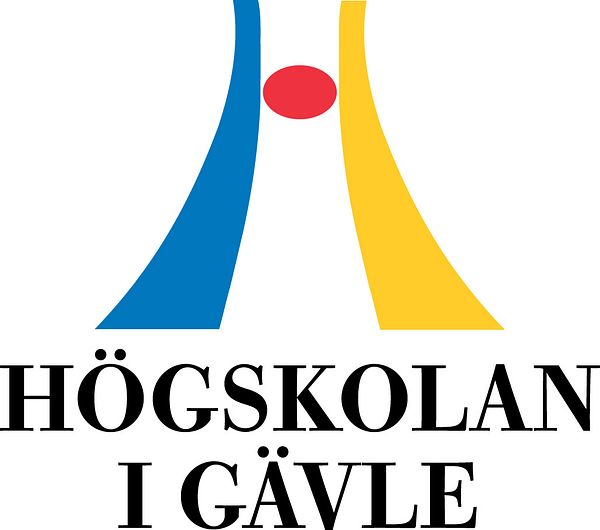Press release -
The Swedish National Board of Health and Welfare incorrect in calculations of age determination of asylum seekers
“They draw the wrong conclusions, and the risk for erroneous classifications of both adults and children are not correctly calculated,” says Johan Bring, professor in statistics at the University of Gävle.
Two professors in statistics, Johan Bring and Lars Rönnegård, are highly critical of calculations used in age determination of asylum seekers in Sweden.
They turned it around
The Swedish National Board of Health and Welfare claims that the risk to categorise a child as an adult is three percent when performing MRI scans of the knee-joint in boys. However, both professors can show that the Swedish National Board of Health and Welfare in fact calculated a different probability when arriving at the figure three percent.
“They have turned it around and calculated the probability of an adult to be categorised as a child, and that is not the same thing as the risk for categorising a child as an adult,” says Johan Bring, researcher and founder of the business Statisticon.
“The Swedish National Board of Health and Welfare has calculated one probability, but used it for another. This is not professional.”
More errors
According to Johan Bring and Lars Rönnegård, there are more errors in the report from the Swedish National Board of Health and Welfare; for this reason, they argue for the report to be redone.
The researchers claim that since no one knows the age distribution of the asylum seekers in the first place, we cannot calculate the risk for a child to be categorised as an adult without making assumptions on age distribution.
“The Swedish National Board of Health and Welfare has created a model with no connection to reality. We must start with a relevant age distribution, but the Swedish National Board of Health and Welfare has used different age distributions for different methods, which makes the comparison misleading.
Johan Bring states that the risk for a ten-year-old to be categorised as an adult is very small, but the risk for a 17-year-old is much higher.
“The method should be legally certain for 17-year-olds since they run the highest risk to be categorised as adults.”
No benefit of the doubt
The National Board of Forensic Medicine’s methods for age assessment also includes an x-ray of wisdom teeth. However, their decision remains the same even if only one of the analyses indicates that the individual is more than 18 years old. The age assessment sent to the Swedish Migration Agency, which is the agency responsible for making the decision on asylum, will in such cases still make the claim that the individual is over 18 years of age.
The two professors criticise this procedure as well, and they point out that the National Board of Forensic Medicine themselves maintain on their webpage that it is less probable for an individual with only one mature part of the body to be above 18.
Johan Bring

Four explanatory films
Professor Johan Bring has recorded four short explanatory films in which he explains in a pedagogical manner the grounds for their critique of the Swedish National Board of Health and Welfare’s age determination methods.
Socialstyrelsen, statistik och åldersbedömningen, del 1
Socialstyrelsen, statistik och åldersbedömningen, del 2
Socialstyrelsen, statistik och åldersbedömningen, del 3
Socialstyrelsen, statistik och åldersbedömningen, del 4
For more information, please contact:
Johan Bring, professor is statistics at the University of Gävle
Phone: 070-311 22 21
Email: johan.bring@statisticon.se
Text: Douglas Öhrbom
Topics
- Legal affairs
Categories
- age determination of asylum seekers
- research
- university of gävle
- johan bring
- lars rönnegård
- statistics
- decision on asylum
- asylum seekers
Education and Research at a Scenic Campus.
The University of Gävle has approximately 17 000 students, more than 50 study programmes and second-cycle programmes, about 1 000 courses in humanities, social and natural sciences and technology.
Research Profiles
Built Environment and Health-promoting Working Life are the general research profiles of the higher education institution. Important parts included are Spatial Planning with a specialisation in Sustainable Built Environment and Musculoskeletal Disorders with the purpose to prevent work-related injuries. In 2010, the higher education institution received permission to carry out third-cycle programmes in the profile area of Built Environment.
The higher education institution has applied for permission to carry out third-cycle programmes in technology, humanities and social sciences.
